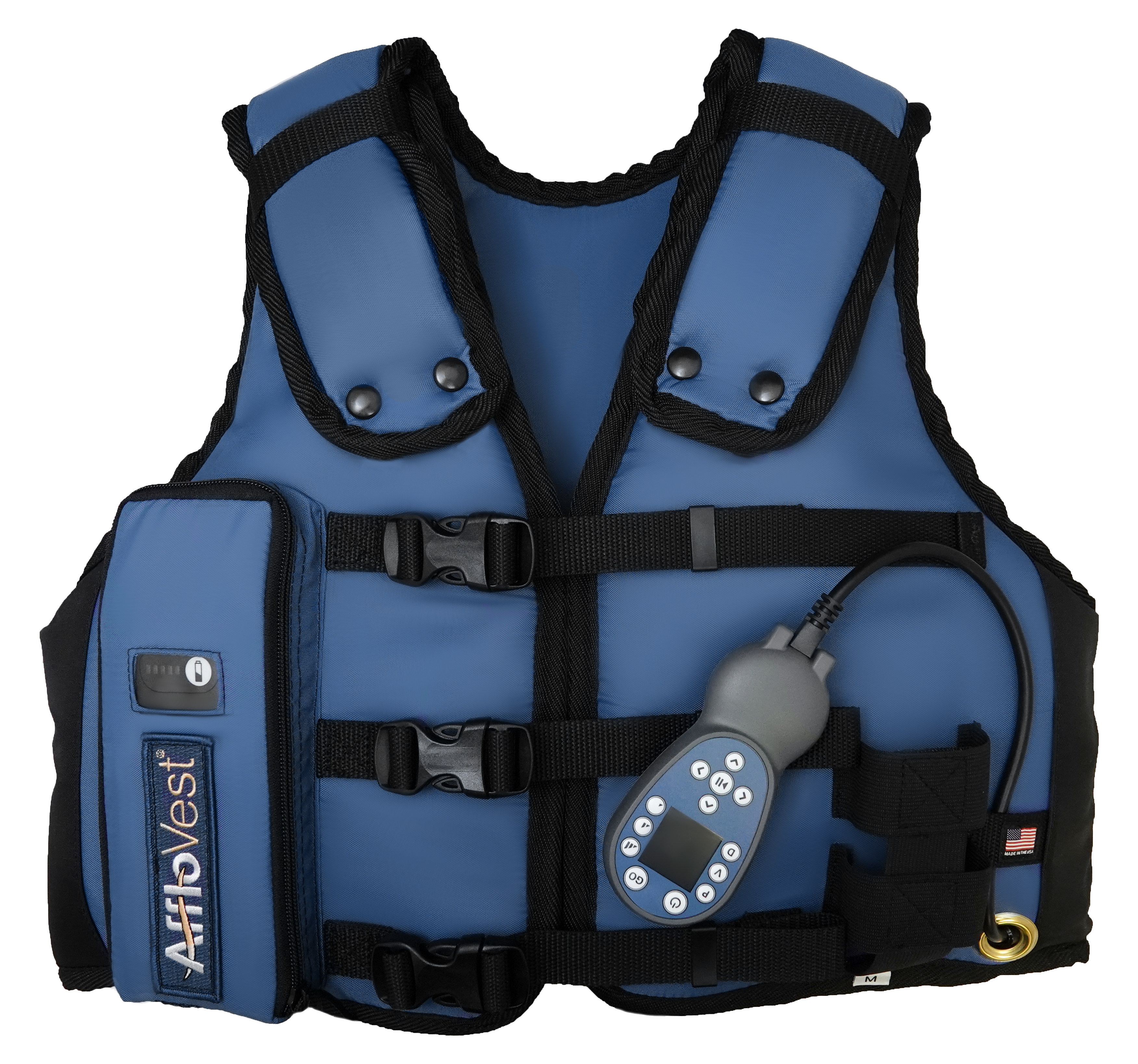Understanding Cystic Fibrosis
WHAT IS CYSTIC FIBROSIS
Cystic fibrosis (CF) is an inherited genetic disease disorder that causes damage to the lungs, digestive system, and other organs. Cystic fibrosis causes the lungs and airways to get clogged with thick sticky mucus that can trap germs, bacteria and infections which can lead to other respiratory complications.
With the advancement in pharmaceutical medicine, many individuals living with cystic fibrosis have gained the ability to better manage their respiratory health. However, airway clearance routines are still common for preventative treatment among those with access.
SYMPTOMS
People with cystic fibrosis can have many different symptoms including:
- Salty-tasting skin
- Persistent cough
- Recurring lung infections
- Wheezing, shortness of breath
- Poor weight gain or growth
- Greasy, bulky stools
- Nasal polyps
DIAGNOSING CYSTIC FIBROSIS
Newborns in the U.S. are screened for cystic fibrosis by testing a small blood sample. This can indicate that a baby might have a health condition and require further investigation. Seventy-five percent of people with CF are diagnosed by the age of 2 years.
Benefits of Airway Clearance
People with Cystic Fibrosis typically perform airway clearance therapy (ACT) daily, sometimes several times a day. This can be done techniques such as active cycle of breathing, manual chest physiotherapy (CPT), a high frequency chest wall oscillation (HFCWO) therapy vest, or a PEP device. These methods use percussion, vibration and drainage to help loosen and mobilize mucus in the airways, allowing it to be coughed up.
If desired, a variety of airway clearance therapies may be combined during use with the AffloVest to help optimize airway clearance. With its unique design and the ability to take full, deep breaths during treatment, nebulizer treatments and postural drainage techniques can be combined with AffloVest therapy with the goal of improving lung function and helping improve a person’s quality of life.
